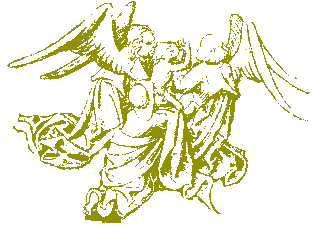| SOME NOTES ON MEDIEVAL ENGLISH GENEALOGY | ||||
| HOME | GUIDE | SOURCES | FAMILIES | RESOURCES |
| LINKS | CALENDAR |
Request updates WHAT'S NEW |
THIS SITE | SEARCH |

N.B. For some information on dating medieval documents in general, see the section on chronology and dating.
This is a version of the Julian calendar, as used in England, covering the 11th to 16th centuries. For each month, the calendar gives the days of the week and also the Roman-style dates in terms of Kalends, Nones and Ides. The calendar is organised either by historical year (click on the century in the list below) or, from the Norman conquest, by regnal year (click on the monarch in the list below). For each year of either type the date of Easter Sunday is also given, to allow moveable church feasts to be dated. (The Easter dates were calculated using the algorithm given by Ronald W. Mallen in his article Calculate the Date of Easter Sunday.)
Notes:I have tried to check the accuracy of the calendar fairly thoroughly; please let me know if any errors or anomalies come to light.
NB Unfortunately, I have discovered an error in the program used to generate this calendar, which has resulted in the weekdays in some of the monthly calendars in the regnal years section being displaced forward or backward by a day. The affected regnal years were those beginning in March or later, and either starting or ending in a leap year, and the affected calendars those centred on March until the end of the regnal year. This error has been corrected, 21 September 2002.
11th century
12th century
13th century
14th century
15th century
16th century
William I (based on accession) (1066-1087)
(alternative based on coronation)
William II (1087-1100)
Henry I (1100-1135)
Stephen (1135-1154)
Henry II (1154-1189)
Richard I (1189-1199)
John (1199-1216)
Henry III (1216-1272)
Edward I (1272-1307)
Edward II (1307-1327)
Edward III (1327-1377)
Richard II (1377-1399)
Henry IV (1399-1413)
Henry V (1413-1422)
Henry VI (1422-1461; 1470-1471)
Edward IV (1461-1483)
Edward V (1483)
Richard III (1483-1485)
Henry VII (1485-1509)
Henry VIII (1509-1547)
Edward VI (1547-1553)
Mary I (1553-1558)
Elizabeth I (1558-1603)